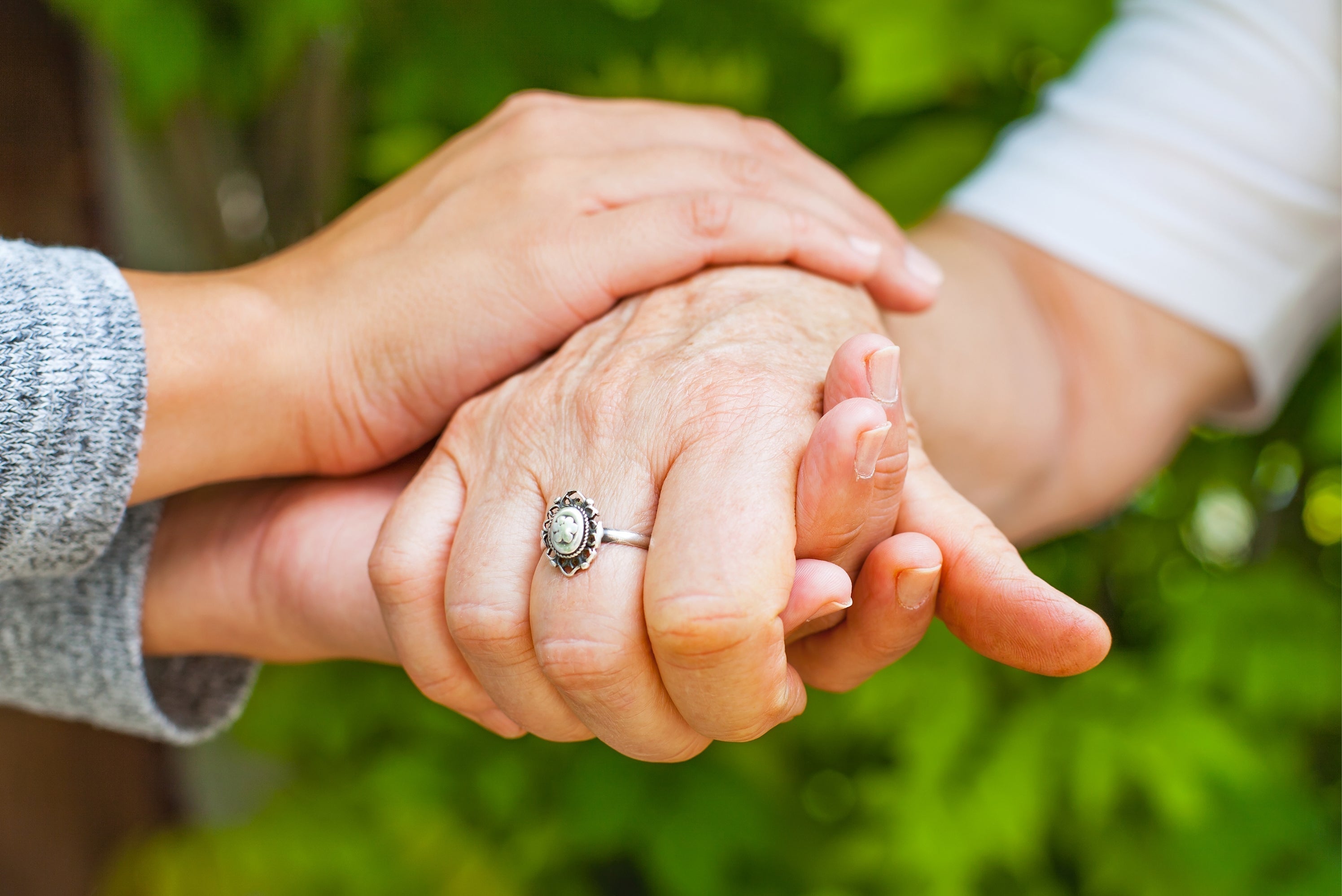Article by Bianca Sengos, Rainbow Sounds
Let’s talk about Double Stress Load and Responsible Gym Training
The modern person and gym-goer is more stressed than ever. While fitness has long been prescribed as an antidote to stress, current data shows we may be unintentionally compounding the problem. By stacking physical stress from high-intensity training on top of existing psychological stress, we are creating what can be called a ‘Double Stress Load’.
Widespread Mental Stress: The New Baseline
• According to the 2023 Gallup Global Emotions Report, 44% of adults worldwide reported feeling a lot of stress the day before.
• In Australia, Beyond Blue and ABS report over 1 in 4 adults (26%) experience high psychological stress—rising to nearly 1 in 3 among working-age adults.
• Chronic stress is now considered a norm, not an exception.

Fitness as a Physical Stressor
High-intensity workouts (HIIT, CrossFit, Boot Camps, etc.) are effective but stressful. They cause acute cortisol spikes, inflammation, and temporary immune suppression. When recovery is poor or mental stress is already high, these sessions push the nervous system into overdrive.
The Double Stress Load Model
Total Stress Burden = Baseline Cortisol (mental stress) + Acute Cortisol (exercise)
For someone already mentally taxed:
• Exercise-induced cortisol becomes excessive
• Sleep disruption and hormonal imbalance follow
• Gains stall, and injury or illness risk rises This cumulative stress burden is often invisible but deeply felt.

Cortisol Load Example: Pushing Beyond Limits
To understand how the Double Stress Load affects physiology, let’s look at cortisol levels in real terms:
1. Baseline Cortisol (from mental/emotional stress):
• Chronically stressed individuals often have elevated baseline cortisol levels around 15–20 µg/dL.
2. Exercise-Induced Cortisol (from HIIT or intense training):
• Acute physical training adds another 5–10 µg/dL depending on intensity, duration, and recovery state.
3. Total Cortisol Burden:
• If mental stress already raises cortisol to 18 µg/dL, and training adds another 8 µg/dL, the individual temporarily operates at 26 µg/dL—near the upper physiological range.
While this temporary elevation is manageable with proper recovery, stacking this load daily—without mental relief—leads to:
• Sleep disturbance (cortisol interferes with melatonin)
• Fatigue, irritability, and poor immunity
• Hormonal imbalance (affecting thyroid, insulin, and sex hormones)
Conclusion: Even beneficial stress like exercise becomes harmful when added to a chronically stressed system. This underscores the need for fitness programming that includes mindfulness, active recovery, and breath awareness.

Why the Fitness Industry Must Act
Gyms and studios must recognize this double load. A responsible approach includes:
• Educating members on the impact of stress
• Encouraging balanced training and recovery
• Integrating breathwork, mindfulness, or restorative options
• Training staff to assess and guide based on total stress levels
Fitness providers carry a duty of care—not just to train bodies but to support whole-person wellbeing.
The future of fitness lies in mindful training. The industry has an opportunity to lead the shift toward intelligent, resilient, and restorative exercise models that heal rather than harm. The Double Stress Load concept is not a reason to fear training—it’s a call to evolve it.
How to Evolve
A practical next step for gyms and studios is to explore adding dedicated recovery sessions. These could include a Yoga and Sound Bath experience, or even standalone Sound Bath classes designed to lower cortisol, restore nervous system balance, and enhance recovery.
Partnering with a professional global provider like Rainbow Sounds, which offers both high-quality equipment and certified staff training, represents a clear opportunity to merge fitness with wellness. This not only enhances member outcomes but also positions the gym as a forward-thinking leader in responsible health support.












